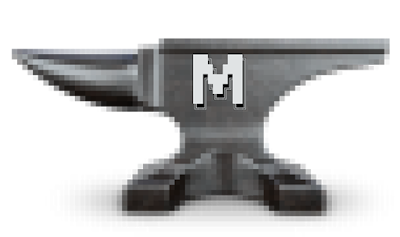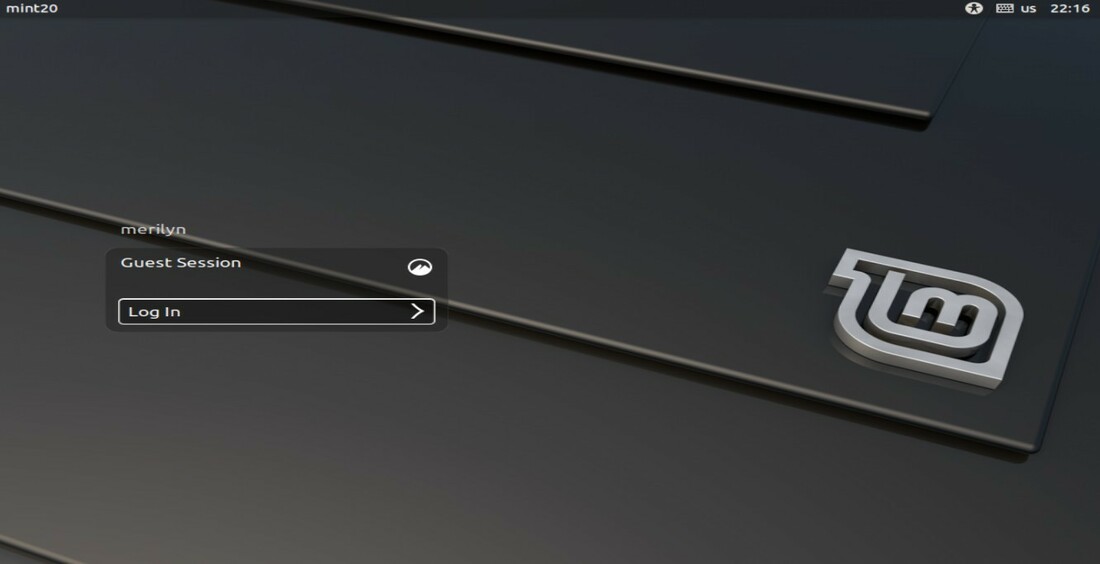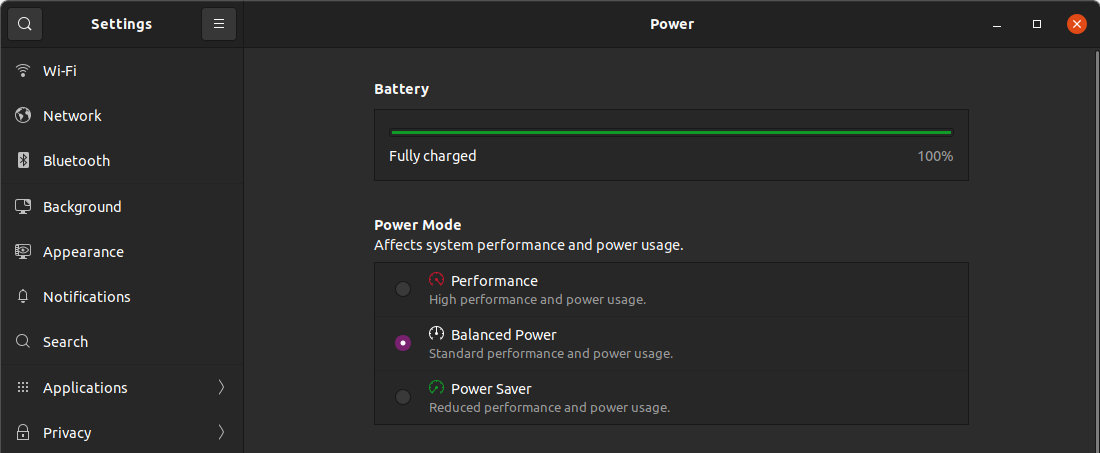

desktop file in ~/.local/share/applications/ to explicitly call Firejail. There may be cases for which you need to manually modify the Exec= line of the. If sudo is not installed on your system, you should execute:Īs user in order to fix the. This ensures that the symlinks in /usr/local/bin will be used, which prevents Firejail getting bypassed.
EXIFTOOL ARCH LINUX FULL
firecfg additionally adds the current user to Firejail user access database and checks the /usr/share/applications/*.desktop files if they contain the full path to the respective executable, removes the full path and copies them to ~/.local/share/applications/. See Profiles not in firecfg #2507 for why they are not included. Certain CLI programs are absent, such as: tar, curl, and git. Note that firecfg(1) only symlinks the programs listed in /etc/firejail/nfig. This creates symbolic links in /usr/local/bin pointing to /usr/bin/firejail for programs for which Firejail has default or self-created profiles. To use Firejail by default for all applications for which it has profiles, run the firecfg tool with sudo: $ firejail -profile= /absolute/path/to/profile program_name Using Firejail by default Once you create your profile file, you can use it by executing: You may define multiple non-default profiles for a single program. For example, to execute okular with seccomp protection, execute the following: One-time additions to the default profile can be added as command line options (see firejail(1)). To execute an application using firejail's default protections for that application (the default profile), execute the following: This can result in the application not functioning as desired, without first creating a custom and less restrictive profile.

If firejail does not have a profile for a particular application, it uses its restrictive system-wide default profile. You may have multiple custom profile files for a single application, and you may share the same profile file among several applications. Should you require custom profiles for applications not included, or wish to modify the defaults, you may place new rules or copies of the defaults in the ~/.config/firejail/ directory. Most users will not require any custom configuration and can proceed to #Usage.įirejail uses profiles to set the security protections for each of the applications executed inside of it - you can find the default profiles in /etc/firejail/ application.profile.

For example, if you have btrfs snapshots available in /mnt/btrfs, a jailed program may be forbidden from accessing $HOME/.ssh, but would still be able to access Make sure to audit your profiles see #Testing profiles. This means that anything not explicitly forbidden by the profile will be accessible to the application.

The convert provided by Image Magic will convert your. gif and analyzes it many ways including the number of frames in it: Inspired by this article, use this one-liner command: $ identify drop_caches.gif | wc -lįor more details use: identify -verbose filename.gif This a command and output of an Animated Gif file: $ exiftool -b -FrameCount giphy.gifįull exiftool output on the gif: $ exiftool giphy.gifįile Modification Date/Time : 2018:04:22 21:00:42-04:00įile Access Date/Time : 2018:04:22 21:01:03-04:00įile Inode Change Date/Time : 2018:04:22 21:00:52-04:00 Exiftool will list the Frame Count as part of its extensive output.


 0 kommentar(er)
0 kommentar(er)
